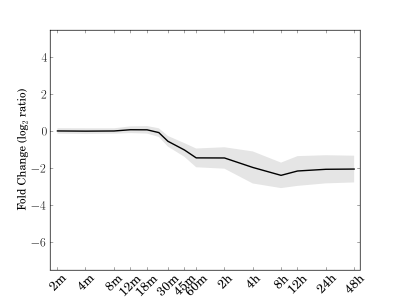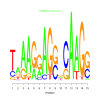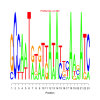Module 125 Residual: 0.16
| Title | Model version | Residual | Score |
|---|---|---|---|
| bicluster_0125 | v02 | 0.16 | -11.60 |
Displaying 1 - 21 of 21
| Cre01.g029300.t1.2 triosephosphate isomerase | Cre01.g052250.t1.2 thioredoxin X |
| Cre02.g078507.t1.2 | Cre02.g079600.t1.2 phenylalanyl-tRNA synthetase class IIc family protein |
| Cre02.g085450.t1.2 Coproporphyrinogen III oxidase | Cre02.g099850.t1.1 pyruvate dehydrogenase E1 alpha |
| Cre02.g105650.t1.2 low psii accumulation2 | Cre03.g182500.t1.2 SRP72 RNA-binding domain |
| Cre03.g205900.t1.2 S-adenosylmethionine decarboxylase | Cre06.g278148.t1.1 glyoxylate reductase 2 |
| Cre06.g280750.t1.1 | Cre06.g284650.t1.2 Dual-specificity protein phosphatase |
| Cre06.g298350.t1.2 ARM repeat superfamily protein | Cre08.g358540.t1.1 NAD(P)-linked oxidoreductase superfamily protein |
| Cre08.g371650.t1.2 Bacterial sec-independent translocation protein mttA/Hcf106 | Cre09.g409100.t1.2 uroporphyrinogen-III synthase family protein |
| Cre09.g410650.t1.2 ATP phosphoribosyl transferase 2 | Cre10.g436500.t1.2 Survival protein SurE-like phosphatase/nucleotidase |
| Cre11.g467723.t2.1 3-ketoacyl-acyl carrier protein synthase I | Cre12.g490000.t1.2 Eukaryotic translation initiation factor 2 subunit 1 |
| Cre13.g604000.t1.1 |
|
e.value: 0.012 Motif Bicluster: Width: 15 Number of Sites: 1 Consensus: TaAAGgAGgnCAAGg |
motif_0125_2Submitted by Anonymous (not verified) on Wed, 05/20/2015 - 14:16e.value: 380 Motif Bicluster: Width: 23 Number of Sites: 1 Consensus: GCCAaTatatgAtActcAanATC |
Displaying 1 - 1 of 1
| Interaction | Weight | |
|---|---|---|
Displaying 1 - 1 of 1
| GO Terms | Descriptions |
|---|---|
| GO:1901564 | GO:1901566 | organonitrogen compound metabolic proces... | organonitrogen compound biosynthetic pro... |




Comments